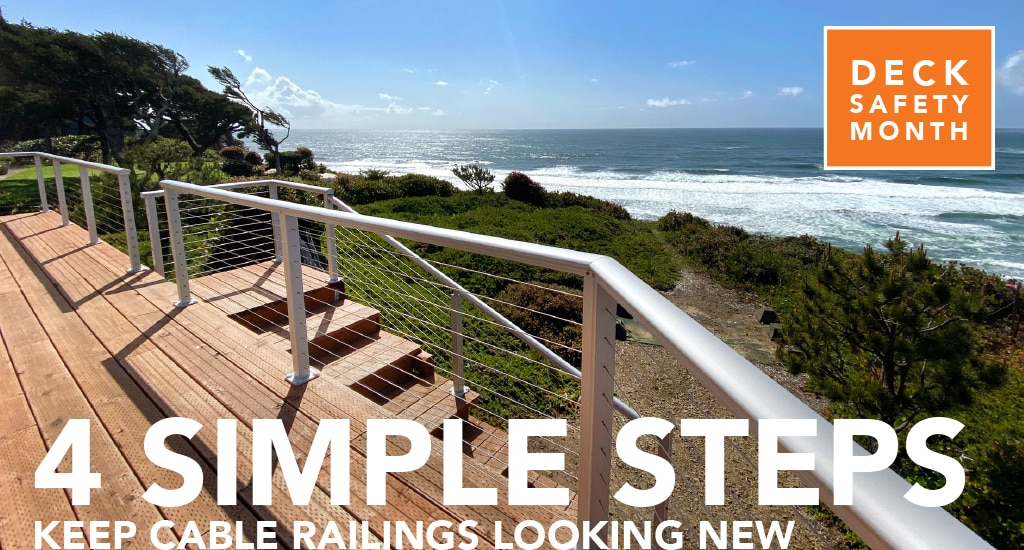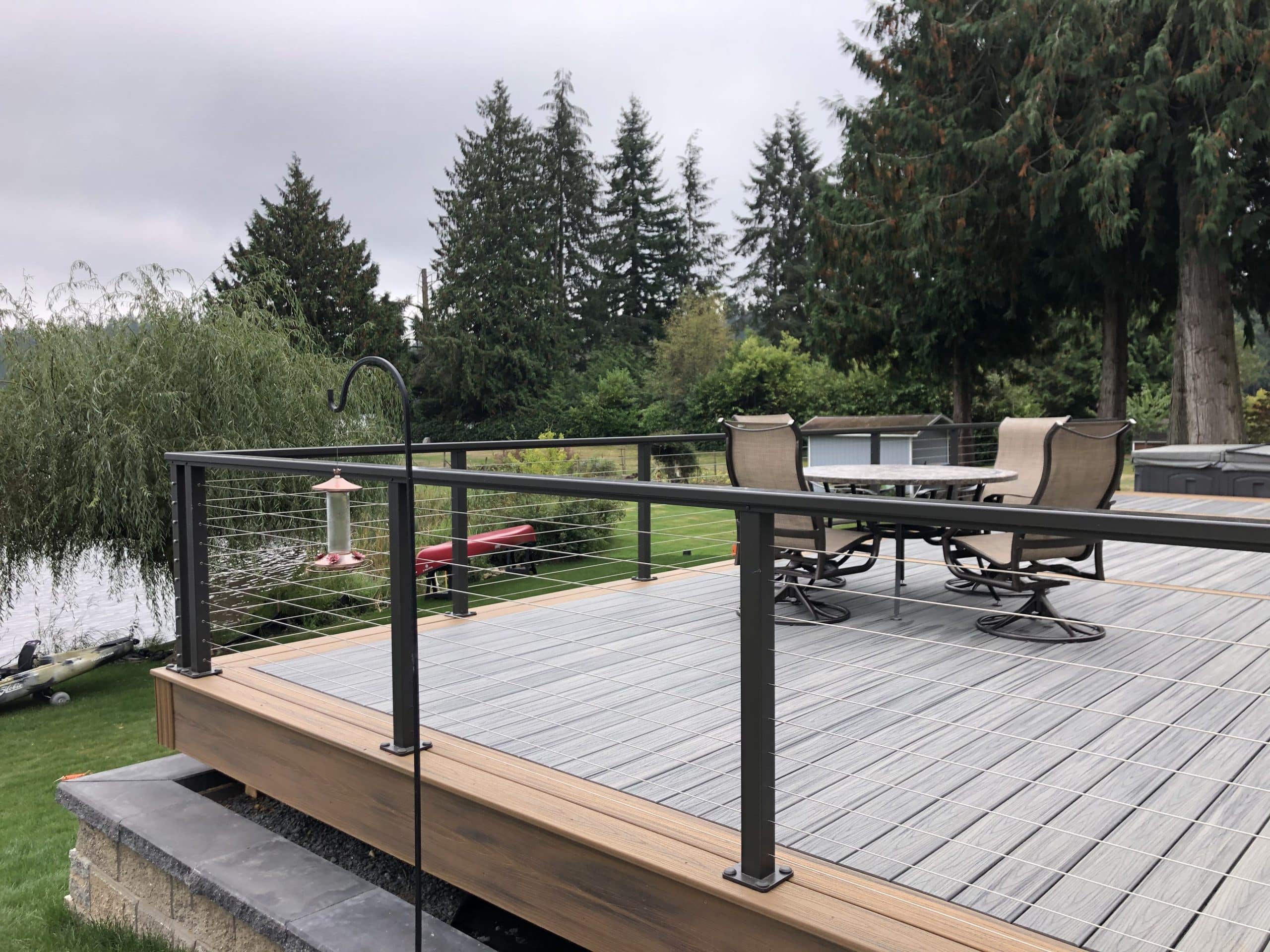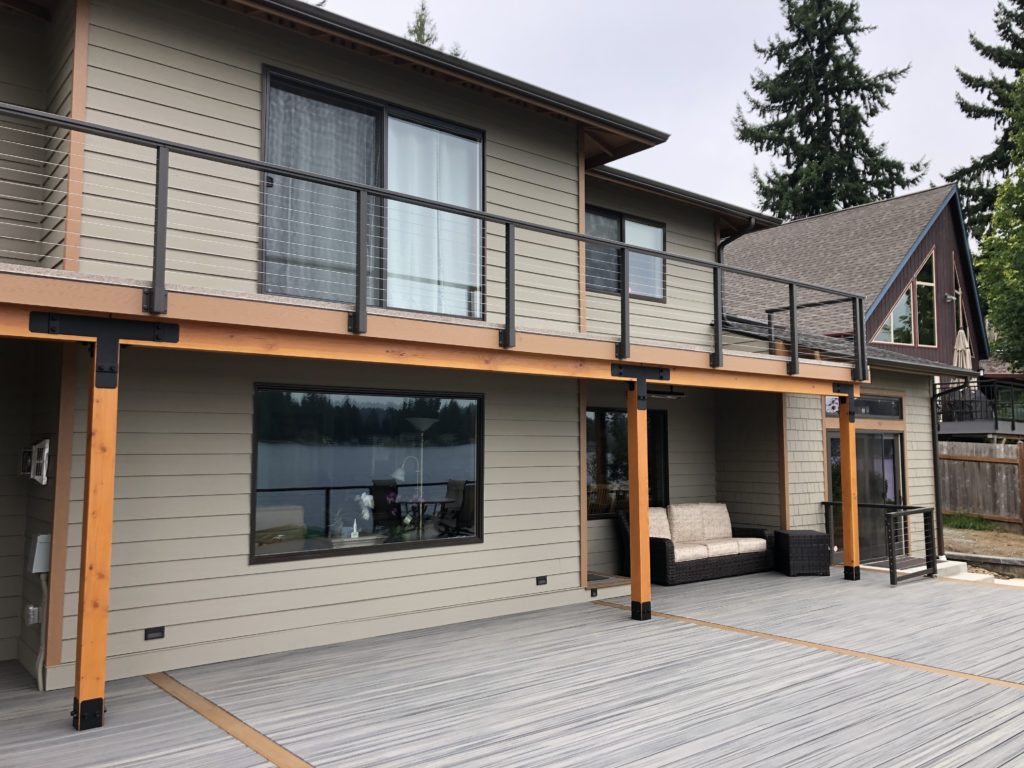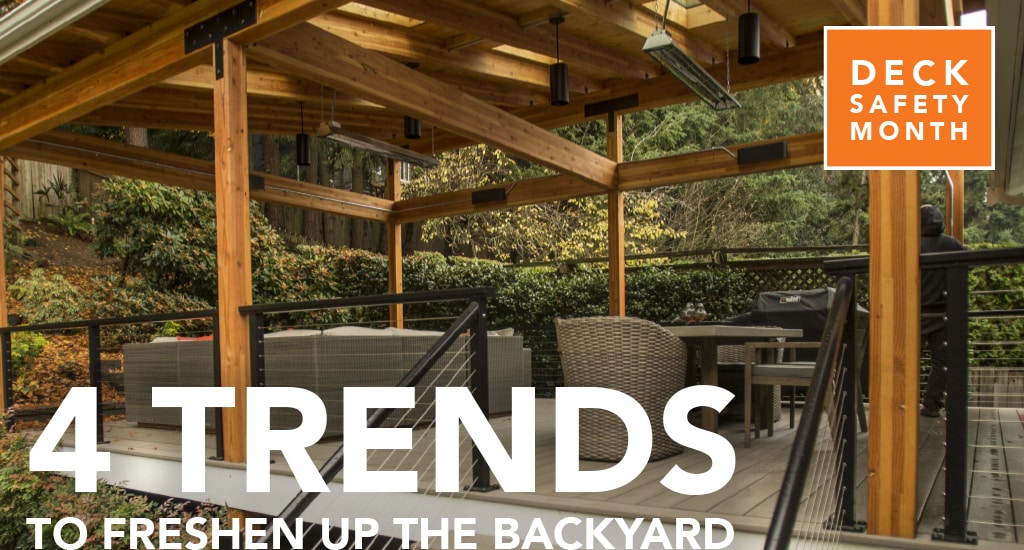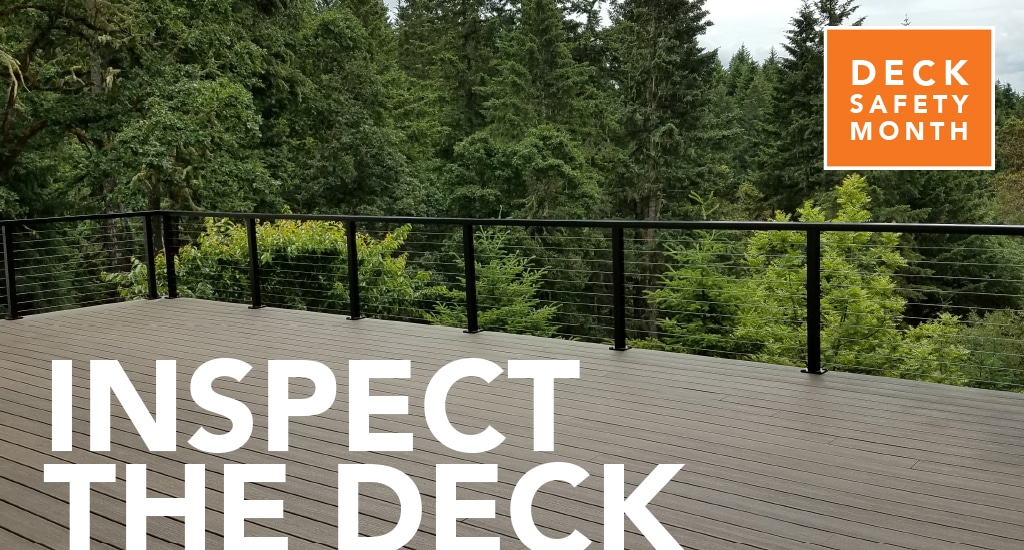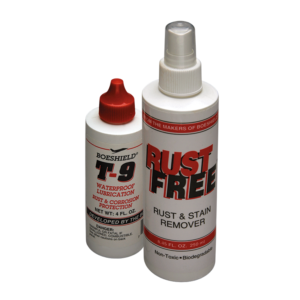Codes Cheat Sheet: Residential Railing and Decking
QUICK REFERENCE: The following is a quick reference guide for code specific deck guardrail and handrail minimum standards to meet for installation of a railing for both level and stair runs.
STAIRS – HANDRAIL HEIGHT, WALLPROJECTION, AND CLEARANCES
Stairs rails on decks should be between 34-inches and 38-inches high and are measured vertically from the nose of the tread to the top of the rail. The treads, measuring front to back, must be at least 10-inches deep. Handrails should not project more than 4-1/2-inches from the wall. Anything further will crowd the throughway. Minimum hand clearance from the wall should be at least 1-1/2-inches for ease of grasping. The IRC code also states that there must be an 80″ clearance (6-ft. and 9-in.) measured from the nose of the thread to the obstruction above floor, beam, coffered ceiling, etc.)
RESIDENTIAL STAIRS – HANDRAILS AND GUARDS
Handrails need to be provided on at least one side of each continuous run of treads or flights with four or more risers at a height of 34-inches to 38-inches. Minimum hand clearance from the wall should be at least 1-1/2-inches for ease of grasping.
- Circular handrails: For ease of grasping, circular handrails shall have no less than a 1-1/4-inch to 2-inch perimeter.
- Noncircular handrails: For noncircular handrails, they shall have no less than a 4-inch perimeter; anything greater and up to 6-1/4-inches shall have a 2-1/4-inch cross section. Any perimeter greater than 6-1/4-inches shall have a graspable finger recess area on both sides.
DECK GUARDRAIL HEIGHT
The minimum height for a residential structure should be at least 36-inches above a residential deck. Commercial height requirement is 42-inches for multifamily, restaurant, and bar applications. Low-rise decks, not more than 30-inches above grade, are not required to have guardrails, although it is recommended.
Guards are required along any open-sided walking surface, including stairs, ramps and landing, that are located more than 30-inches vertically above grade at any point within 36-inches horizontally to the edge of the open side. A stair that is more than 30-inches above grade, at any point, requires a guard along the full length of the open side. The minimum height of guards is 36-inches above the walking surface or the line connecting the leading-edge treads. The opening limitations should not allow a 4-inch diameter sphere to pass through except:
- Triangular openings: On the stair, between the tread, riser, and bottom rail of the guard, shall not allow a 6-inch sphere to pass.
- Other openings: On guards located on stairs shall not allow a 4-3/8-inch sphere to pass.
BALUSTERS
Deck balusters are required to be 4-inches apart or less.
FOUR-INCH SPHERE RULE
Using the 4-inch sphere rule, states that no opening be large enough to pass a 4-inch sphere (the head size of a small child) is permitted except:
- 4-3/8-inch opening for stairs
- 6-inch opening between the bottom rail and the tread (triangular-area)
LOAD REQUIREMENTS
Guardrails must be able to sustain 200-pounds of force applied at the top and mid-span between posts without excessive deflection.
Balusters and infill railing must be able to withstand a minimum load of 50-pounds in an area equal to one-square-foot.
THE LADDER EFFECT
There is no wording in the current code, nor has there ever been any wording containing the terminology “The Ladder Effect” in the IBC. It was referenced more than 20 years ago in an IRC edition and since been removed. The ICC Code Technology Committee (CTC) was tasked to determine how to make guards less climbable. After a three-year study period, the ICC’s CTC reviewed and weighed testimony and documentation regarding the issues surrounding climbable guards for railings focused on determining if any additional measures are needed to the existing code. The CTC determined the most current and thorough documentation available shows no indication that a problem exists and there is no need to mandate a higher level of climb-ability restrictions on guards that what is currently required in the 2006 ICC codes.
GOVERNING CODE BODIES AND STANDARDS
There are several code bodies and standards to follow for both residential and commercial building design. Below are the most common governing code bodies and standards required when installing decking, balconies, railings, and guardrails.
IRC AND ICC
Safety first when it comes secure deck railings on any level. Considered prescriptive the International Residential Code (IRC) R312.1.1 through R312.1.4 and R311.7.8.2 through R311.7.11.2 monitors deck railings for decks attached to single-family homes as well as handrails. The IRC is governed by the International Code Council (ICC).
Regulations vary by location throughout the U.S., and Canada has its own set of regulations, and it is vital that you check the authorities in each state or city that works with building standards and codes.
OSHA
Part of the U.S. Department of Labor, Occupational Safety and Health Administration or OSHA, ensures the safe and healthful working conditions for workers, setting and enforcing standards as well as provides training, outreach, education, and assistance.
The OSHA section 1910.29(b)(1) is most relevant to guard railing and section 1910.29(f) is most relevant to handrails and stair rail systems.
ADAAG
The United States Access Board or ADAAG issues, jointly with the ABA Accessibility Guidelines for federally funded facilities, the current ADA standards based upon the updated ADA Accessibility Guidelines (2004).
- ADA: The Americans with Disabilities Act ensures access to the built environment for people with disabilities. Chapter 5 or 505 describes the standards for handrails.
- ANSI: American National Standards Institute overseas standards and conformity assessment activities in the U.S. and safeguarding their integrity. ANSI A117.1 is the Accessible and Usable Building standard for making buildings and elements accessible to and usable by people with disabilities.


